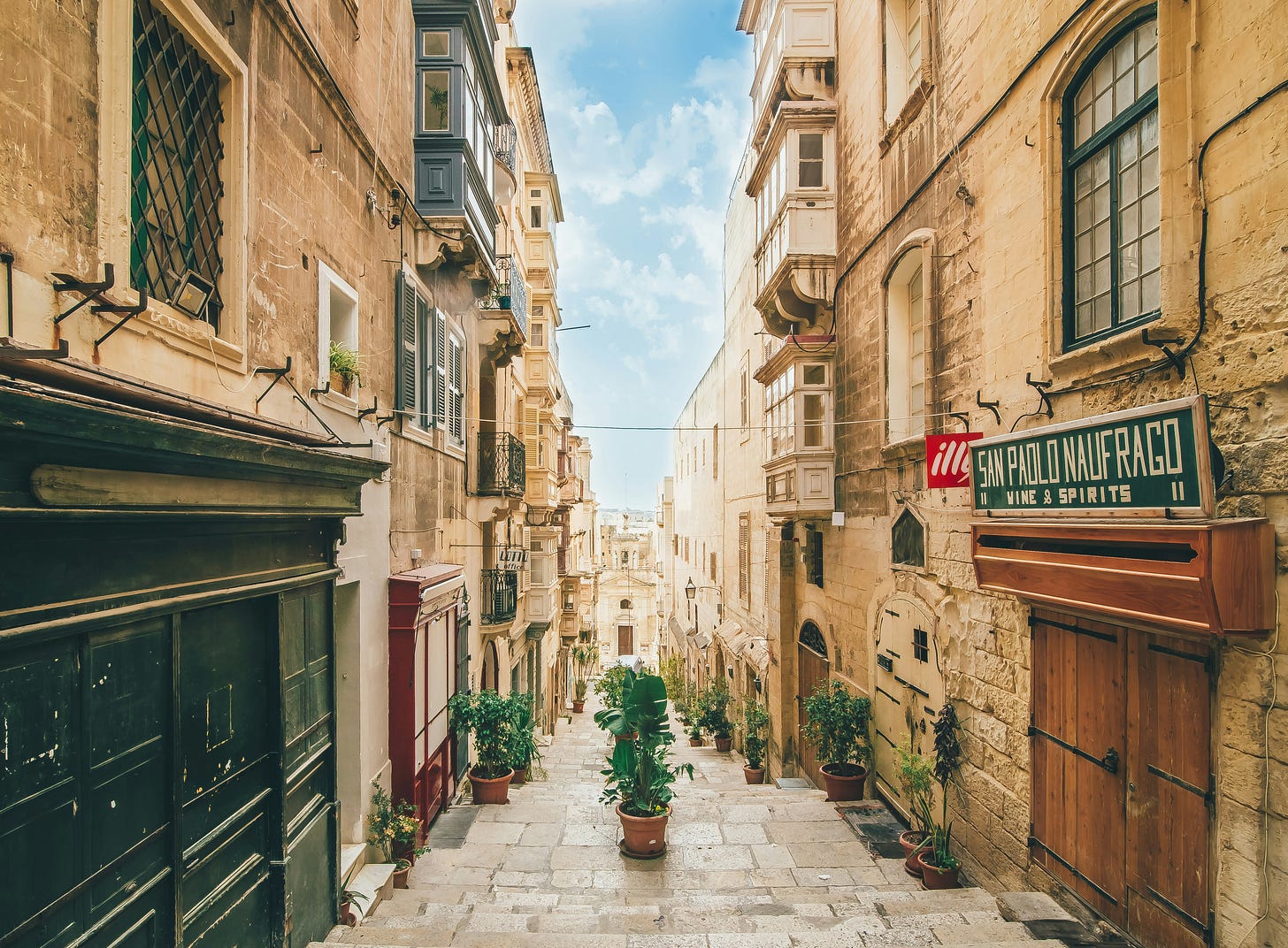☀️ Malta Is Cool, But...
Thank-you to Freaking Nomads for their spot-on guide — and a little reminder that the story doesn’t have to end on one island.
Credit where it’s due: Freaking Nomads nailed it again.
Their latest guide to the Malta Nomad Residence Permit is exactly what every digital wanderer needs — clear, accurate, and written by someone (hey, Angelina Bertoni 👋) who clearly knows what she’s talking about.
Let’s recap the essentials for the lazy readers at the café:
Quick Visa Facts — Malta Nom…
Keep reading with a 7-day free trial
Subscribe to NOMAG to keep reading this post and get 7 days of free access to the full post archives.



